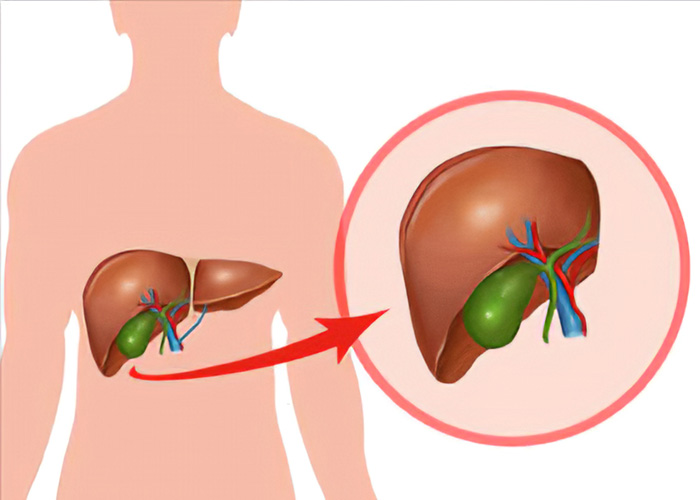
What is a liver transplant?
A liver transplant is surgery to replace a diseased liver with a healthy liver from another person. A whole liver may be transplanted, or just part of one.
In most cases the healthy liver will come from an organ donor who has just died.
Sometimes a healthy living person will donate part of their liver. A living donor may be a family member. Or it may be someone who is not related to you but whose blood type is a good match.
People who donate part of their liver can have healthy lives with the liver that is left.
The liver is the only organ in the body that can replace lost or injured tissue (regenerate). The donor’s liver will soon grow back to normal size after surgery. The part that you receive as a new liver will also grow to normal size in a few weeks.
Why might I need a liver transplant?
You can’t live without a working liver. If your liver stops working properly, you may need a transplant.
A liver transplant may be recommended if you have end-stage liver disease (chronic liver failure). This is a serious, life-threatening liver disease. It can be caused by several liver conditions.
Cirrhosis is a common cause of end-stage liver disease. It is a chronic liver disease. It happens when healthy liver tissue is replaced with scar tissue. This stops the liver from working properly.
Other diseases that may lead to end-stage liver disease include:
Acute hepatic necrosis. This is when tissue in the liver dies. Possible reasons include acute infections and reactions to medicine, drugs, or toxins.
Biliary atresia . A rare disease of the liver and bile ducts that occurs in newborns.
Viral hepatitis . Hepatitis B or C are common causes.
Metabolic diseases. Disorders that change the chemical activity in cells affected by the liver.


